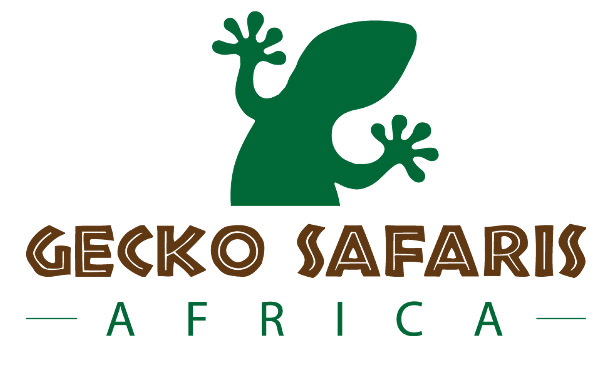Kigali Genocide Memorial


Rwanda Authorities under National Commission for the Fight Against Genocide along with Aegis trust established Kigali memorial to commemorate their lives in 1994.
A collaboration of the two in 2001,ten years after the memorial was opened in 2004.
Kigali Memorial serves as a tribute to officially remember and give respect to the lost their lives in 1994 Rwanda genocide. Remains of 250,000 people that lost their lives are interred in there.
Initially this emerged as a socioeconomic distinction between Tutsi as herders and Hutu as the farmers.
The atmosphere got hardened into a real ethnic difference, under colonization first by Germany and then Belgium who were the colonizers.
This memorial is one of the six major centers that commemorate the massive killings that happened in Rwanda in 1994. Other memorial grounds are Murambi genocide memorial, Bisesero genocide memorial, Ntamara genocide memorial, Nyamata genocide memorial and Nyarubuye genocide memorial.
Location of Kigali Genocide Memorial
The memorial is located in the northwest corner of Kigali in Gisozi.
Access can be by road from the city, which takes about 10 or 15 minutes by taxi or bodaboda.
For more adventure one can have an experience in Kigali city on foot, however there are no other major visitor attractions in the immediate vicinity.
Background of the genocide
This begun in 1994 as an ethnic tension in Rwanda between the Hutu and Tutsi.
The tension erupted into an extremely lethal killing where many lost their lives.
Reports of massive killings circulated throughout the world about this tragedy.
This looked as a tribal based violence and many lost their lives.
Rwanda has got three groups of people being the Tutsi, Hutu and the Batwa.
These killings were so much common among the Tutsi being the genocide victims and the Hutu as the perpetrators.
The Batwa group lost some people during the course if the genocide.
Kigali genocide memorial exhibitions
Kigali Genocide Memorial has three permanent exhibitions which are the Memorial gardens, educational facilities and the Genocide Archive of Rwanda.
The main exhibition is where a visitor explores the history of Rwanda during its slide into genocide, the causes, and the aftermath.
At the memorial, is a children’s memorial where a display of their life photos, their favorite toys and what they said last at the last breath.
Rwandan national, social and cultural identity are of remembrance for survivor’s testimonies and education.
The memorial creates a reflection on the dangers of such a tragedy from the documentation.
Photography and paintings of helps develop a spirit within visitors and nationals to completely bring an end to genocidal violence in the world.
Plan your tour to Kigali Genocide memorial with gecko safaris for a wonderful experience.
Photography showing various names and skulls of Hutu and Tutsi who lost their lives during the Genocide


